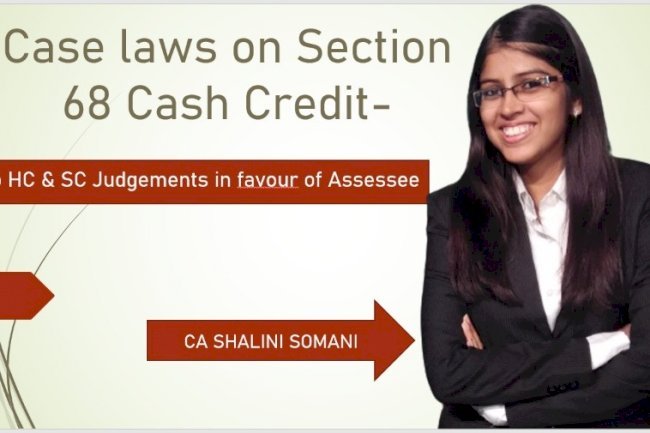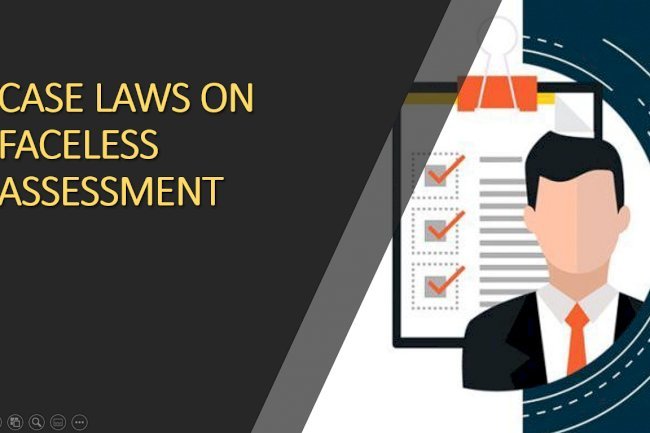Equalisation Levy, a Step Towards Resource Mobilisation
The Digital Economy has created a huge impact on the traditional economy. In 2016 it represented 15.5% of the Global GDP. With a decrease in Infrastructure Expenditure and providing a huge platform for businesses purposes, it has attracted a large number of dealers. And with this Increase in Revenue, there was a sheer need for a Digital Tax. A confident step was taken by the Indian Government in 2016 by first imposing a levy on the specified services and now in Finance Act 2020 moving towards the E-Commerce Operator. The point to be seen here is, would this move be welcomed by the various Industries in the market and will the levy fulfill its purpose. The detailed view would be further available in the article.

Introduction: Need for a Tax to Capture Digital World In 2012 Amazon launched its first website in India which served as a base for the customers to compare the online prices of various commodities, which was the starting era for the digital economy in India. The Social Media and the other online platforms were becoming more of a hotspot not just only for the Indian Market but the other countries as well. In 2015 the Indian E-Commerce industry was valued around US$ 20 billion and is expected to grow to US$200 billion by the year 2027. The digital market was growing at a tremendous rate. The platform was proving as a base for re-shaping, not just only Indian business but across the globe. India was one of the Asian countries which saw a rapid growth rate with more and more of purchasing and selling being done online. With a huge amount of revenue being generated through these platforms, there was no payment of taxes by them as they were not having their Permanent Establishment in India, and this was creating significant economic pressure on the Government. As per the OECD (The Organisation for Economic Co-operation and Development), the income tax collection for the big player of the digital economy could go around US$100 billion. The taxation of the Digital Economy was the need of the time and one of the most important reasons being the Companies to avoid their tax demands used to get them registered in Tax Havens. The Ministry decided to levy the tax as the E-commerce companies were enjoying an unfair advantage over the business conducted normally. Introduced in the Finance Bill 2016 in Chapter VII by Mr. Arun Jaitely; Equalisation Levy was the government step for moving towards Resource Mobilisation. With the world growing toward the digital economy and working in cyberspace a proper tax reform was required. Introducing Equalisation levy was the action plan 1 of OECD (Organization for Economic Cooperation and Development) of the base erosion and profit shifting project. As per Section 165 of the Finance Act, 2016 Equalisation levy is the tax leviable on consideration received or receivable for the specified services by a Non-Resident not having a Permanent Establishment in India, levied at the rate of 6% on the gross consideration, received/receivable from the non-resident having a Permanent Establishment in India or from the person Resident in India. But exactly what the Specified Services are, so specified services include:
Some of the services identified were Cloud Computing, Online Marketing, Use of Platform Services, etc. The conditions for levying Equalisation Levy are:
iii) The payment of consideration should be for business or profession carried out in India. Suppose Mr. Rajat has availed the online advertising facility of Google which is outside India for his Car Manufacturing business in India, for which he made a payment of Rs. 500000.00. On this consideration Equalisation Levy at the rate of 6% i.e. Rs. 30000.00 has to be paid. Only when the tax withheld has been paid to Government, then only the expenditure would be allowed as a deduction. In the budget of 2020-21, there was no proposal for amendment in Finance Bill 2016 however, when the Finance Bill 2020 was in the process of Legislation the amendment was brought out. Amendment brought out in Equalisation Levy in the year 2020: The Finance Act 2020, from 1st April 2020 extended the scope of equalisation levy of the supply of goods and services by the E-commerce operator as well. But who is an E-Commerce Operator? A new clause ca is added to section 164 of the Finance Act, 2016 which defined an E-Commerce Operator is a Non-resident who owns, operates, or manages the digital or electronic facility for the online sale of goods or online provision of services or both. And another section cb was added which further defined online sale of goods or services, which is defined as E-commerce supply or services means: This levy has come into effect from 1st April 2020 and would be charged at the rate of 2%. The question arises, in what cases is it to be levied? The tax is to be levied in case of the supply of goods and services by an E-commerce operator only when the goods and services are supplied/facilitated to:
The levy could be better understood with an example. Mr. Ashutosh a Resident Individual, residing in Bangalore purchases a television set from Amazon which is a Non-Resident, Mr. Ashutosh placed his order through his laptop having an IP address of India so the consideration would have been paid to Amazon which is an E-commerce operator, and so would be covered under the amended Equalisation Levy.
We could also consider another scenario a Non Resident person having a Permanent Establishment in India purchases goods for his business in India, the machine used by him for placing his order would be having an IP address in India and the order placed on Walmart, so Walmart here being the E-Commerce operator a Non-Resident would be liable for payment of the levy. Exceptions to the Levy: The exceptions where the Equalisation Levy in case of E-commerce transaction would not be levied as per section 165A of the Finance Act,2020 are as follows:
Collection of Equalisation Levy:
Interest on Delayed Payment: As per Section 170 of the Finance Act, 2016 Interest at the rate of 1% per month would be levied for a month or a part of a month of the tax not credited to the Government for the period delayed.
Penalty for failure to deduct Equalisation Levy:
Furnishing of Statement and Failure to furnish:
Appeals and Punishments:
My Views in Favor:
My Views Against:
Suggestions:
|




























